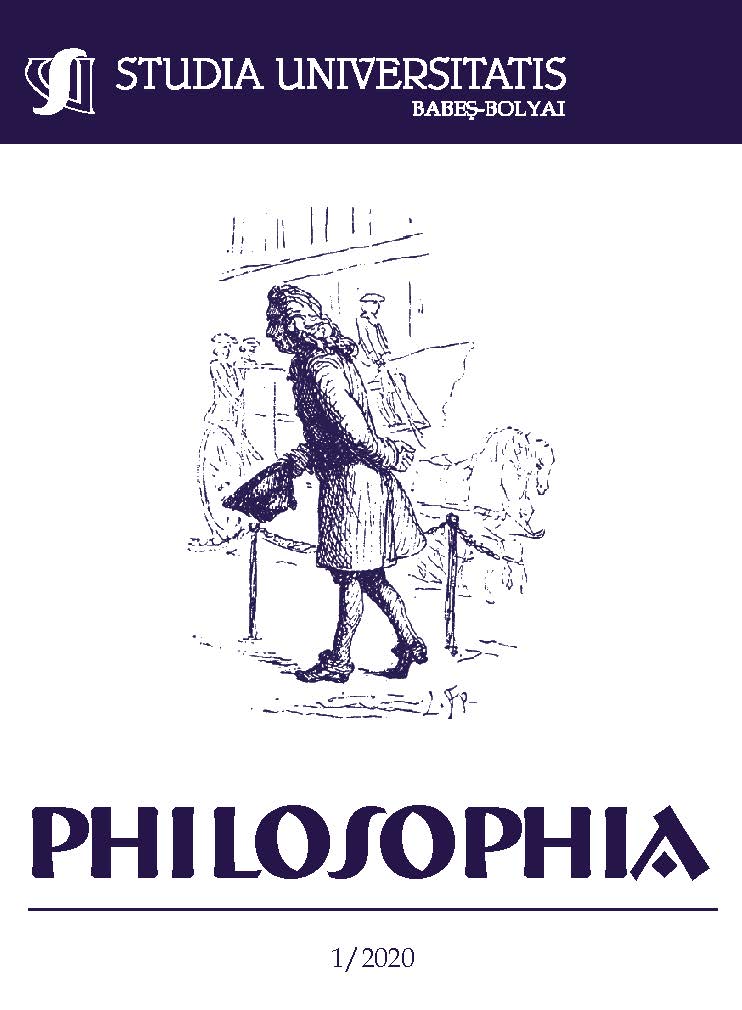AI NO CORRIDA AND FEMININE EROTICISM. AROUND A CONTROVERSIAL GLIMPSE OF THE HEAD OF MEDUSA (NAGISA OSHIMA, 1976)
AI NO CORRIDA AND FEMININE EROTICISM. AROUND A CONTROVERSIAL GLIMPSE OF THE HEAD OF MEDUSA (NAGISA OSHIMA, 1976)
Author(s): Livia DioșanSubject(s): Aesthetics, Film / Cinema / Cinematography
Published by: Studia Universitatis Babes-Bolyai
Keywords: object; love; Japan; phantasm; erotism; cut; death; forclusion;
Summary/Abstract: The French-Japanese movie Ai no corrida is one of the most controversial movies in the history of cinematography. Nagisa Oshima found inspiration in a famous true story from 1936 imperialist Japan and then his movie about a destructive passion without limits was presented at Cannes in 1976. L’Empire des sens, as the translation of the title in French referring to Barthes’s L’Empire des signes, is the story of a destiny and of a psychic structure. In the end of the movie there is a powerful scene with an open air theatre and the image of a young girl who plays hide and seek with an old man and keeps asking him if he is ready or not, the old man saying not yet and then vanishing: here the eternized use of the object can be understood in the framework of what French psychoanalyst Jacques Lacan called forclusion. In the case of the psychotic structure there has never been an extraction of object a due to which the reality field could find its frame. And thus, the destiny of Sada Abe finds itself bounded to an object without cession and to its fulfillment in the Japanese kareiakana, that is clear open sky. Yet, since the phantasm is the writing of the non-sexual relation, as the subject’s entrance to the real, Oshima’s movie is not only about the phantasm, it is about the real.
Journal: Studia Universitatis Babes-Bolyai - Philosophia
- Issue Year: 65/2020
- Issue No: 1
- Page Range: 107-127
- Page Count: 21
- Language: English

